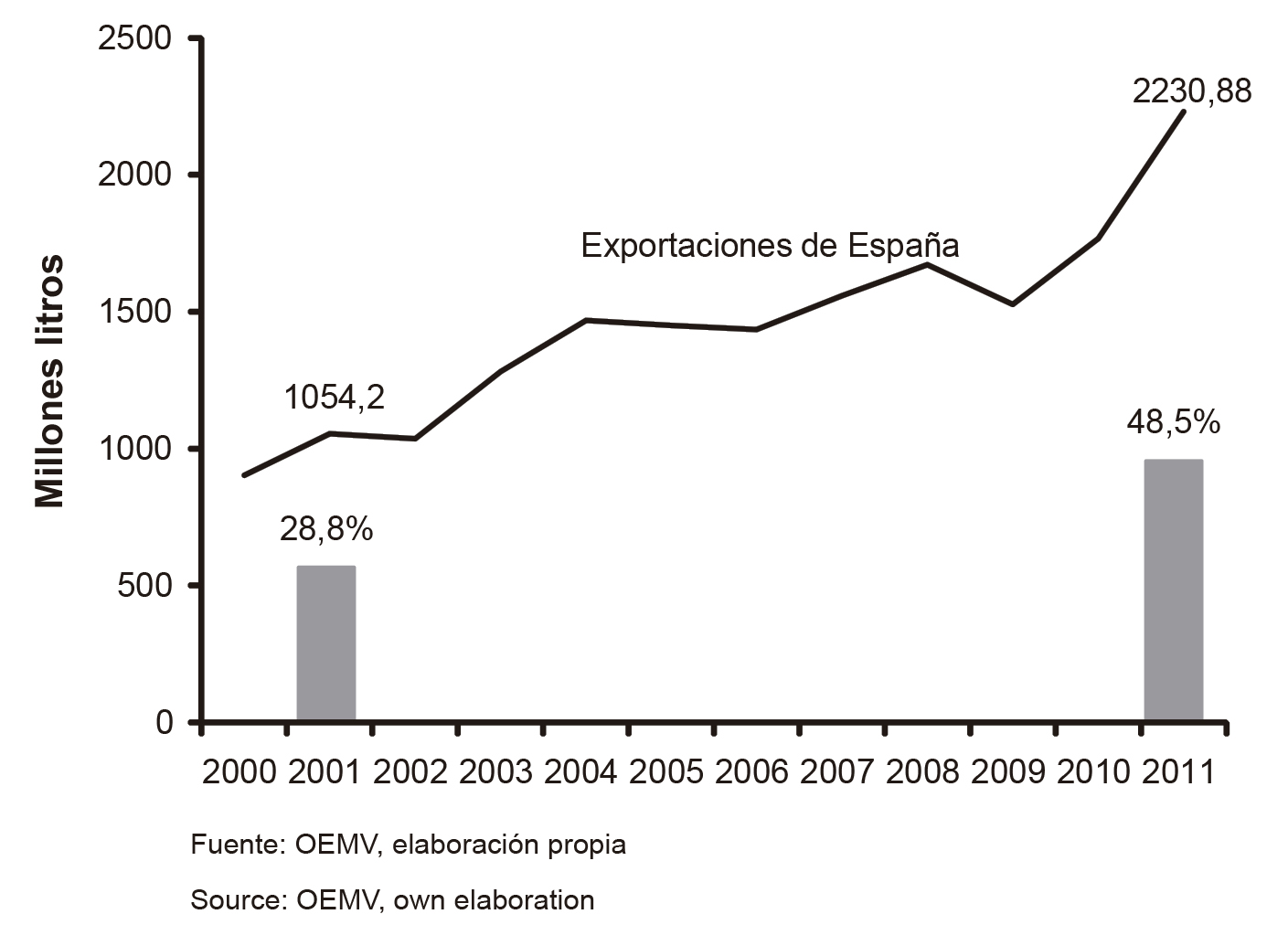Analysis of explanatory factors of profitability for wine firms in Castilla-La Mancha
Keywords:
profitability, wine sector, main components, IOFs, wine cooperativesAbstract
The wine sector in recent decades is experiencing a vertiginous process of changes and new dynamics that are affecting the performance and strategies of firms in the sector: growing internationalization, the fall in the domestic markets of traditional producing countries, the entrance of exogenous capital, etc. The expertise that a given organization demonstrates to adapt to the new situation will be reflected in profitability, the basic indicator for judging efficiency in business management. Starting from a representative sample of firms from Castilla-La Mancha, the greatest wineproducing region in the world, this paper poses a new econometric model consisting of the performance variables defined by the principal component technique. It is inferred from the results that business profitability comes from three variables. First is company structure with greater profitability for capitalist firms than for cooperatives. Second is size where performance is better the larger the size, taking advantage of scale economies. Third is financial structure with greater cost-effectiveness when the firm's make- up prioritizes its own resources and liquidity. On the contrary, the lack of permanent financing to address fixed assets and a trade dynamic orientated toward the sale of low-priced bulk wine significantly reduce profitability ratios.

Downloads
Published
Issue
Section
License

This work is licensed under a Creative Commons Attribution-NonCommercial-ShareAlike 3.0 Unported License.
Aquellos autores/as que tengan publicaciones con esta revista, aceptan las Políticas Editoriales.


